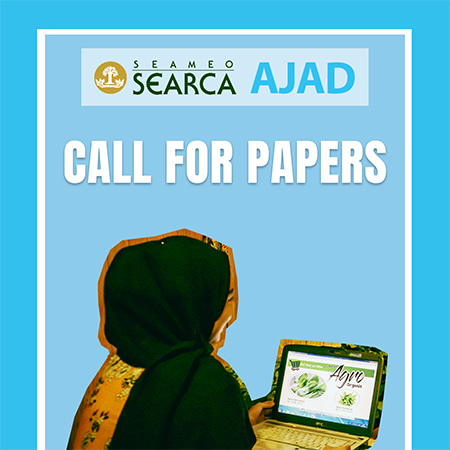- Paperback 1908-6164
- e-ISSN 2599-3895
Theoretical and empirical support for a more liberal trading environment has grown increasingly over the years. In the last decade, many countries have aggressively pursued unilateral trade liberalization. Based on decadal growth rates, globalizing developing countries has outpaced growth of non-globalizing developing economies in the 1980’s and 1990’s. Aside from participation in regular WTO Ministerial to discuss multilateral trade issues, many countries have also entered into bilateral and regional trade agreements (RTA’s). Since 1995, the WTO has received 130 notifications regarding the creation of RTA’s which is slightly higher than the notifications received by GATT over its almost fifty years of existence.
In this paper, we aim to sift thru the effects of trade policy on agriculture, focusing in particular on the possible short-run impact of the Common External Preferential Tariffs under the ASEAN Free Trade Agreement (AFTA-CEPT) and the ASEAN-China Early Harvest Program (EHP). While few would argue about the long-run benefits from a liberal trade regime, fewer still would deny the possible short-run adjustment costs that could accompany trade reforms. As such, it would help policy makers to be cognizant of the possible ramifications of pursuing a particular trade strategy. We provide an overview of the Philippine trade policy leading to the AFTA-CEPT and the EHP and isolate their impact. The immediate impact of trade policy is on the effective rate of protection it provides to various sectors. How uniform it is or how diverse reflects the relative protection, how much one sector is favored over another. Ultimately, the resulting trade protection structure would impact on output, income and employment. We measure how the EHP and AFTA impact on these variables. We employ a simulation model following an earlier study under the Joint Tariff Commission-PIDS (TC-PIDS) Study. The simulation analysis is done for three scenarios: (1) the Early Harvest Program, (2) the AFTA-CEPT, and (3) a hypothetical Base scenario reverting tariffs to 1994 levels which allows for comparative analysis that can be useful for policy formulation.
Download for free
PDF format in this language: English


